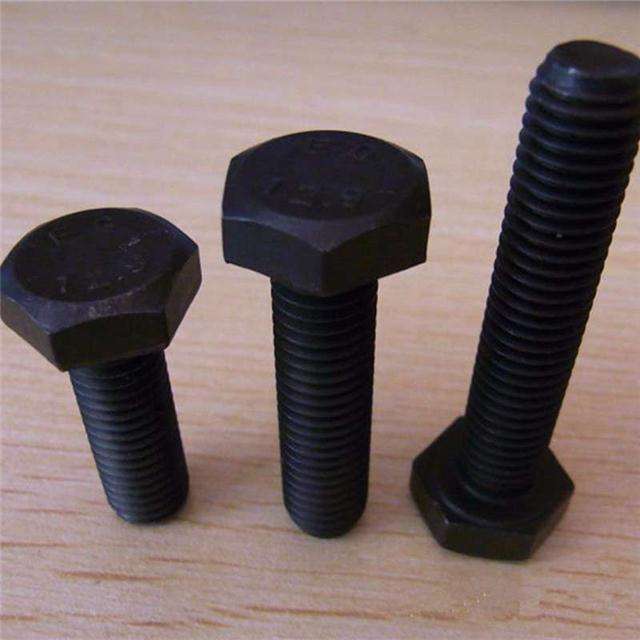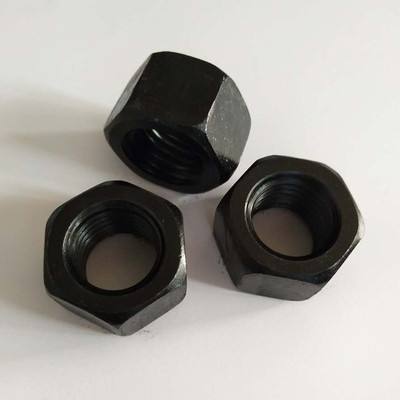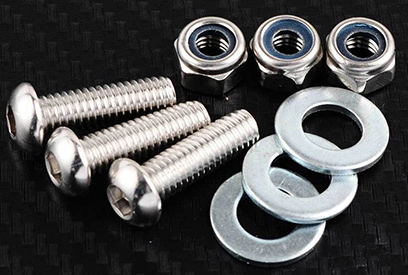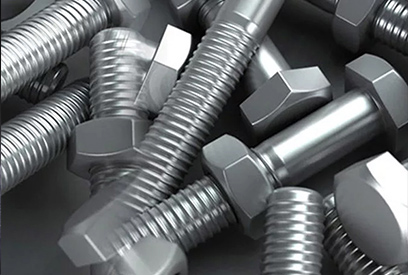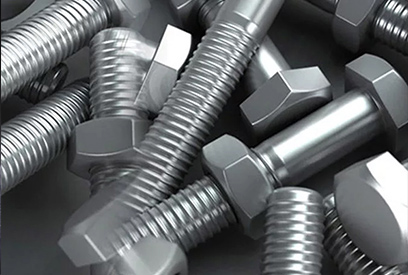There are two types of screw surface inspection, one is the inspection after the screw is produced before it is electroplated, and the other is the inspection after the screw is electroplated, that is to say, the inspection after the screw is hardened and the surface of the screw is processed. Next, 2H Heavy Hex Nuts Manufacturers will introduce how to inspect screws:
1. Appearance quality requirements
The appearance of screws is inspected from the appearance, plating layer, and other aspects.
2. Inspection of the thickness of the screw coating
① Measuring tool method
The amount used includes micrometer, vernier caliper, plug gauge, and so on.
②Magnetic method
The magnetic method to measure the thickness of the coating layer is a non-destructive measurement of the non-magnetic coating layer on the magnetic substrate with a magnetic thickness gauge.
③Microscopy
The microscopy method is called the metallographic method, which is to magnify the etched fasteners on a metallographic microscope with a micrometer eyepiece to measure the thickness of the coating on the section.
④Time flow method
The chronograph flow method is to use a solution that can dissolve the coating on the partial surface of the coating, and calculate the thickness of the coating according to the time required for the partial coating to dissolve. There are also plating spot methods, anode dissolution coulometric methods, and so on.
3. Inspection of the adhesion strength of the screw coating
Friction polishing test; file method test; scratch method; bending test; thermal shock test; extrusion method.
4. Inspection of corrosion resistance of screw plating
The coating corrosion test methods include: atmospheric exposure test; neutral salt spray test (NSS test); acetic acid salt spray test (ASS test), copper accelerated acetic acid salt spray test (CASS test); and corrosion paste corrosion test (CORR test) and solution spot corrosion test; immersion test, inter-immersion corrosion test, etc.



